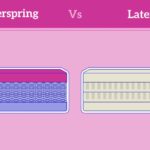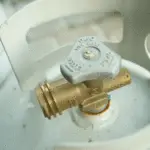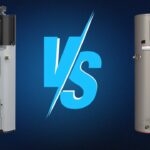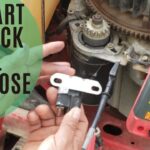Troubleshooting a Heat and Glo fireplace often starts with checking the pilot light and ensuring there’s no blockage in the vent. Common issues include ignition failures and insufficient heating.
Dealing with a malfunctioning Heat and Glo fireplace can be frustrating, especially during cold seasons when you rely on it the most. This guide aims to simplify the troubleshooting process, making it easier for homeowners to identify and resolve common problems.
Whether your fireplace won’t start, produces little heat, or experiences intermittent failures, understanding the basics of what to look for can save you time and potentially expensive service calls. Our focus is on providing clear, straightforward solutions that anyone can follow. By adhering to a few basic checks and maintenance routines, you can ensure your Heat and Glo fireplace operates efficiently and safely, keeping your home cozy and warm.

Credit: gasfireplacedoctors.com
Identifying Common Issues With Heat & Glo Fireplaces
Heat & Glo fireplaces add comfort and ambiance to your home. Like any appliance, they may face issues. Quick troubleshooting can help maintain their performance. Let’s explore common problems and how to resolve them.
Pilot Light Problems
Pilot lights can be tricky. They may not stay lit or might not light at all. This is often due to a dirty pilot tube or a faulty thermocouple. Regular maintenance keeps these components clean and functional. Follow these steps:
- Turn off the gas and wait for the fireplace to cool.
- Clean the pilot tube with a needle to remove blockages.
- Check the thermocouple’s position; it should be near the flame.
- If issues persist, replace the thermocouple.
Strange Noises Or Odors
A Heat & Glo fireplace should operate smoothly and quietly. Gurgling or clicking sounds may indicate air in the gas line. Odors can arise from dust or foreign objects in the fireplace. To address these issues:
- Bleed the gas line to remove air.
- Inspect for debris and remove it carefully.
- Ensure annual inspections to prevent such problems.
Troubleshooting The Ignition System
When your Heat and Glo fireplace won’t ignite, it’s often an issue with the ignition system. Understanding the type of ignition your fireplace uses is the first step to troubleshoot effectively.
Electronic Ignition Vs. Standing Pilot
Electronic ignition systems are modern, efficient, and safe. They ignite only when the fireplace turns on. Standing pilot lights burn continuously, ready to ignite the fireplace anytime.
Steps To Relight The Pilot
Follow these steps to relight a standing pilot:
- Locate the pilot assembly. It’s typically behind a removable panel.
- Find the gas control knob. Turn it to the “Off” position.
- Wait for 5 minutes. This allows gas to dissipate.
- Turn the knob to “Pilot”.
- Press and hold the ignition button. You’ll hear a clicking sound.
- Look for a blue flame. That’s the pilot light.
- Keep holding the ignition button. Do this for 30 seconds.
- Release the button. The pilot should stay lit.
- Turn the knob to “On”. Now your fireplace should ignite.
If these steps don’t work, your ignition system may need professional attention.
Addressing Flame And Heat Inconsistencies
Addressing Flame and Heat Inconsistencies in your Heat and Glo Fireplace can be puzzling. Yet, it’s key for warmth and ambiance. This section dives into simple fixes. We aim for a cozy, safe fireplace experience.
Adjusting Flame Height
Is your flame too low or high? Here’s how to adjust it:
- Find the control knob. It’s usually behind the front panel.
- Turn the knob slowly to adjust the flame. Right for higher, left for lower.
- Watch the flame settle for a minute. Adjust again if needed.
Tip: Always wait a bit after adjustments. Flames need time to stabilize.
Ensuring Adequate Ventilation
Good airflow is crucial for consistent heat and flame. Follow these steps:
- Check the chimney or vent. Make sure it’s clear.
- Open any air intakes on the fireplace. They might be adjustable.
- Keep the area around the fireplace clear. Furniture can block airflow.
Improving ventilation often fixes heat and flame issues. It makes your fireplace safer, too.

Credit: www.youtube.com
Dealing With Blower And Fan Complications
Fireplaces create cozy environments. Yet, sometimes blowers and fans face issues. This section helps fix those problems quickly and easily. Follow these steps for Heat and Glo fireplace troubleshooting.
Cleaning The Blower
Dirt and debris can cause blower problems. A clean blower works better and quieter. Turn off the fireplace first. Remove the blower carefully. Use a soft brush or vacuum to clean it. Make sure to reach all nooks.
Checking For Power Issues
Always check the power source first. Ensure the fireplace is plugged in. Inspect the cord for damage. Look at the circuit breaker too. Reset it if needed. If issues persist, seek a professional electrician’s help.
- Turn off the fireplace
- Unplug and inspect the cord
- Reset circuit breakers if tripped
- Call a professional for persistent issues
Maintenance Tips For Optimal Performance
A well-maintained Heat and Glo fireplace ensures a cozy home. Regular upkeep boosts performance. Follow these tips for a reliable warmth source.
Regular Cleaning Schedule
Keep your fireplace in top shape with routine cleaning. Dust and debris affect efficiency.
- Examine the interior monthly for ash or soot buildup.
- Wipe the glass with fireplace cleaner regularly.
- Check the vents and fans for blockages.
- Empty the ash dump as needed for wood fireplaces.
Annual Professional Inspections
Experts spot issues early, preventing major repairs. Schedule an inspection yearly.
- Book a certified technician for a thorough checkup.
- Inspect the gas lines, pilot, and thermostat for gas models.
- Ensure the chimney and flue are clear for wood units.
- Replace any worn parts immediately.
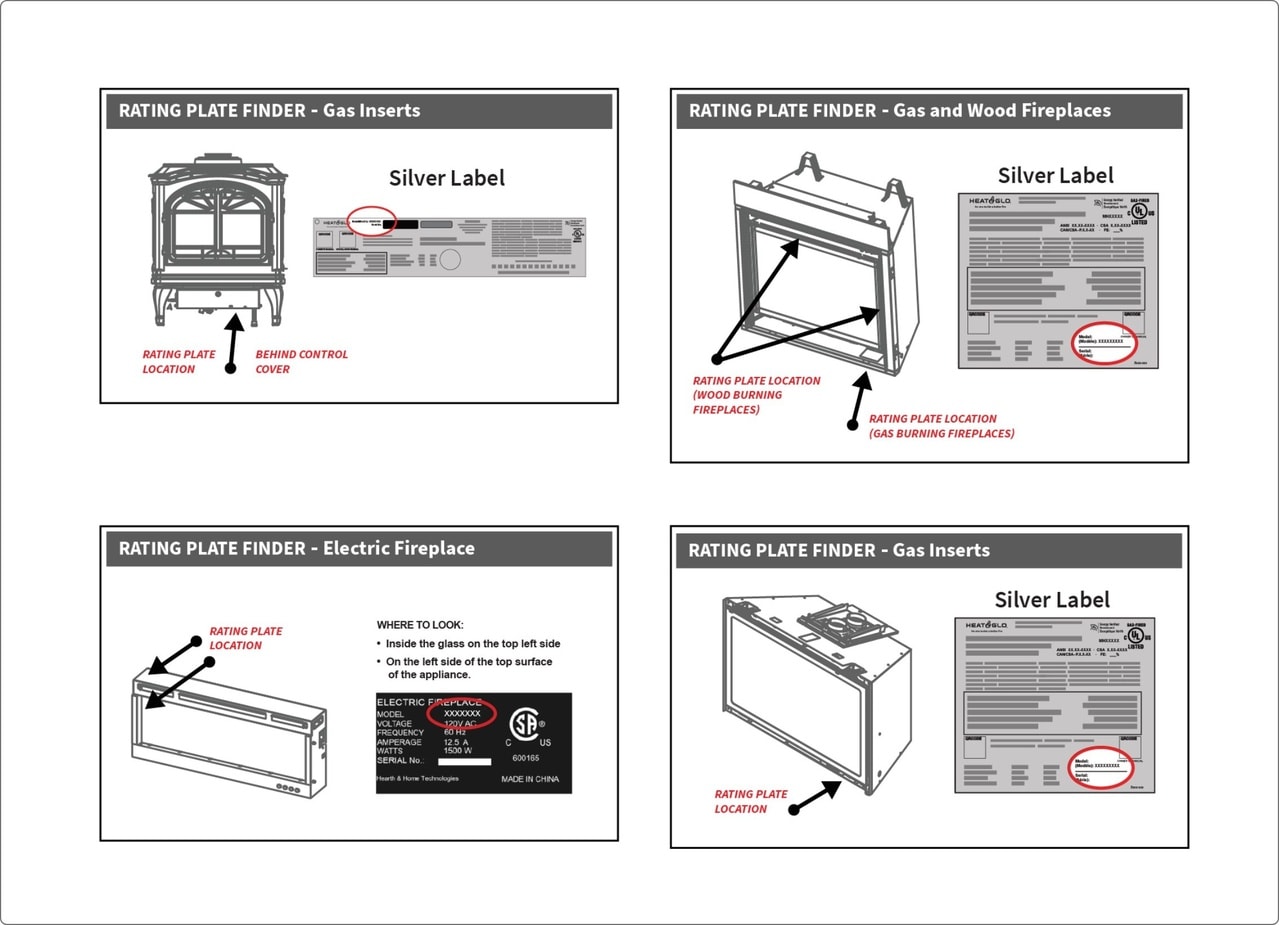
Credit: www.heatnglo.com
Understanding Error Codes And Warnings
Heat And Glo Fireplaces are smart. They tell us when they need help. Error codes and warnings help us understand what they need. Let’s learn about them.
Interpreting The Led Diagnostic Lights
These fireplaces have lights that blink. Each blink means something different. It’s like the fireplace is talking to us.
- One blink means all is good, but check yearly.
- Two blinks tell us the fireplace is too warm. Let it cool.
- Three blinks say the pilot light is out. We might need to relight it.
- Four blinks are about a fan issue. It might not be working right.
- Five blinks warn us of a blocked vent. Air can’t move well.
Each blink has a meaning. Know these to keep your fireplace happy.
When To Call A Technician
Sometimes, we need a pro. Here are signs to call one:
- Many blinks that don’t stop. The fireplace is very upset.
- Strange noises when it runs. It shouldn’t sound scary.
- It won’t light, even when we try a few times. It needs a friend.
- It smells funny. Fireplaces should not make bad smells.
For these problems, call a pro. They know how to make fireplaces happy again.
Upgrading And Replacing Components
Fireplaces enhance homes with warmth and style. Yet, parts wear out over time. Upgrading and replacing components ensure your Heat and Glo fireplace runs efficiently. Let’s explore when to upgrade the thermostat and find compatible parts.
When To Upgrade The Thermostat
Performance issues often signal it’s time for a new thermostat. Look for inconsistent temperatures or a fireplace that won’t start. Modern thermostats offer improved features. These include programmable settings and remote control options. An upgrade can save on energy costs and enhance user convenience.
Finding Compatible Parts
Compatibility is key when sourcing parts for your fireplace. Start with the model number of your Heat and Glo fireplace. This ensures you find the right match. Use authorized dealers to avoid mismatched components that could damage your system. They provide genuine parts designed to work seamlessly with your model.
Remember, DIY repairs can void warranties. Always consult the manual or a professional technician for guidance. Upgrades and replacements keep your fireplace in top condition for cozy, safe, and efficient home heating.
Preventing Future Troubles
Preventing future troubles with your Heat and Glo fireplace means enjoying warmth without worry. Learn how to keep your fireplace running smoothly for years to come.
Proper Fireplace Usage
Ensuring your Heat and Glo fireplace operates safely starts with proper usage. Here are key tips:
- Read the user manual thoroughly.
- Only burn recommended materials.
- Keep vents clear and clean.
- Schedule regular professional inspections.
Avoiding Common Mistakes
Avoid mistakes that could damage your Heat and Glo fireplace. Here are the pitfalls to steer clear of:
- Never block air intakes.
- Avoid using unapproved accelerants.
- Don’t neglect annual maintenance.
- Ensure the flue is open when in use.
Frequently Asked Questions
Why Is My Heat & Glo Fireplace Not Lighting?
Heat & Glo fireplaces may not light due to issues with the pilot light, gas supply, or ignition system. Check these components or consult the manual for troubleshooting steps.
How Can I Fix A Noisy Heat & Glo Fireplace Blower?
A noisy blower often indicates dust buildup or a loose component. Clean the blower and secure any parts. If noise persists, blower replacement may be necessary.
What Maintenance Does A Heat & Glo Fireplace Need?
Regular maintenance for Heat & Glo fireplaces includes cleaning the glass, checking the vents, and inspecting the pilot light and gas connections for safe operation.
Can I Replace Parts In My Heat & Glo Fireplace Myself?
Some parts like the glass or filters can be replaced by the homeowner; however, for gas-related components or electrical parts, it’s safer to contact a professional technician.
How To Troubleshoot A Heat & Glo Remote Control?
Check the remote’s batteries first. If the issue persists, reset the remote or refer to the manual for specific pairing instructions to your Heat & Glo model.
Why Does My Heat & Glo Fireplace Keep Shutting Off?
This could be due to overheating, a dirty thermocouple, or restricted airflow. Ensure proper ventilation and clean the thermocouple. If the issue continues, professional servicing may be needed.
Conclusion
Wrapping up, tackling common issues with your Heat and Glo fireplace doesn’t have to be daunting. Regular maintenance and prompt attention to any glitches can ensure a cozy, warm ambiance all year round. Remember, for more complex problems, seeking professional help is the best course of action.
Stay toasty!

